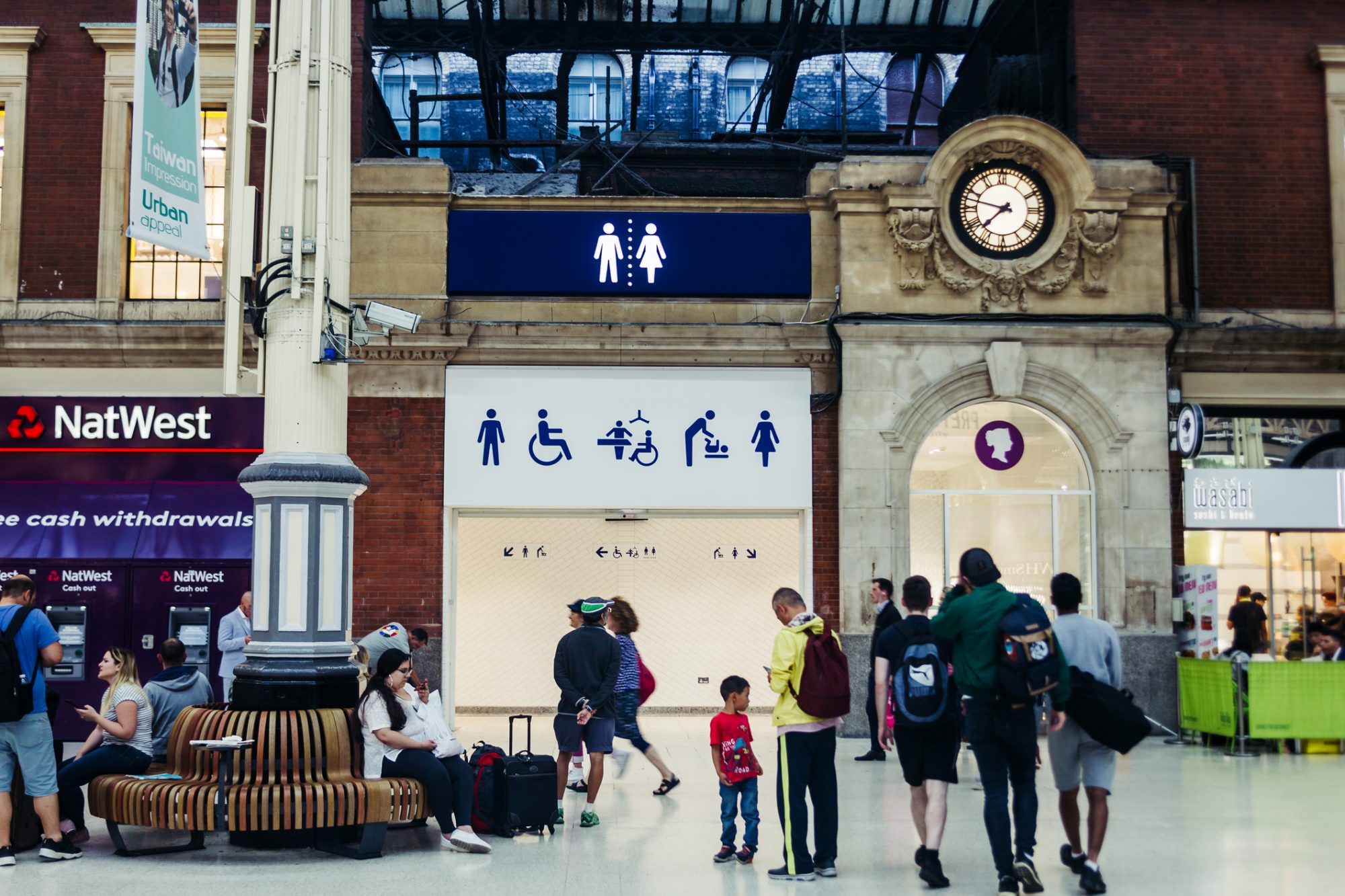The UK Government has announced its plan to place separate male and female toilets in all new public buildings – forgoing gender neutral toilets in an alleged effort to protect women
As of 4 July 2022, the Department for Levelling Up, Housing, and Communities has developed an approach to have all new public buildings be fitted with toilets which are single-sex only, indicating gender neutral toilets are not safe for women and girls.
This policy includes the installation of single-sex toilets in hospitals, schools, and offices.
First proposed in May 2021, this policy has been largely criticised as being transphobic because it offered no alternative plan for trans and non-binary people – and that gender neutral toilets can be reassuring for some transgender men and women who fear discrimination in binary toilets.
It is suggested that women, who may need to use facilities more often due to pregnancy and sanitary needs, have appropriate facilities which are singular to women and girls only.
Unisex toilets can be found in trains, planes, and most public disabled bathroom services
Gender neutral toilets have been said to place women at a significant disadvantage, as men can then use both cubicles and urinals, women can only use the former, and women also need safe spaces given their health and sanitary needs (such as women who are menstruating, pregnant or at menopause, may need to use the toilet more often).
This rise in gender neutral toilets has allegedly raised safety concerns from women who feel they are losing privacy and being unfairly disadvantaged, according to a call for evidence which gathered a range of views across the country.
Most public toilets are singular cubicles with their individual locks, often with sinks installed also, and those in favour of gender neutral toilets argue that with public transportation, universities and disabled bathrooms, there has always been this setup, with few issues on safety.
The Government has not yet provided any evidence that unisex bathrooms pose an issue to women’s safety – but many have noted the disadvantage this could make for parents wanting to share public toilets with their young children or fathers who have not had access to changing stations for children in public bathrooms.
However, almost half of Trans people (48%) have reported not feeling comfortable using public toilets, as a result of verbal abuse, intimidation, and physical assault (LGBT in Britain Trans Report, Stonewall UK, 2018), and therefore rely on gender-neutral toilets to provide a safer alternative.
Excluding the experiences of trans men, intersex people and non-binary people who menstruate
The government notes that separate unisex, or gender neutral, toilets should be provided if there is space, but should not come at the expense of female toilets – many have noted the fact that disabled toilets are commonly unisex and do not increase the self-contained risk of danger to women and girls.
So, the government are to further consider in Autumn the design of unisex self-contained cubicles to maximise privacy and potential improvements to disabled people’s toilets too. So far, however, disabled toilet provision will not be affected by the changes.
The gender neutral toilets debate is being deliberately skewed by transphobes. When I say ‘gender neutral toilets’, I mean self contained units (like at home, planes, trains & many offices). When they do, they refer to mix gender toilets with open urinals which I’m not sure exist
— Benjamin Cohen (@benjamincohen) July 4, 2022
Minister for Equalities Kemi Badenoch MP said: “It is vital that women feel safe and comfortable when using public facilities, and that their needs are respected.
“These changes will ensure that separate toilets for men and women are preserved at the same time as providing universal toilets for those that want them. This is a common-sense approach.”




![Europe’s housing crisis: A fundamental social right under pressure Run-down appartment building in southeast Europe set before a moody evening sky. High dynamic range photo. Please see my related collections... [url=search/lightbox/7431206][img]http://i161.photobucket.com/albums/t218/dave9296/Lightbox_Vetta.jpg[/img][/url]](https://www.openaccessgovernment.org/wp-content/uploads/2025/04/iStock-108309610-218x150.jpg)






